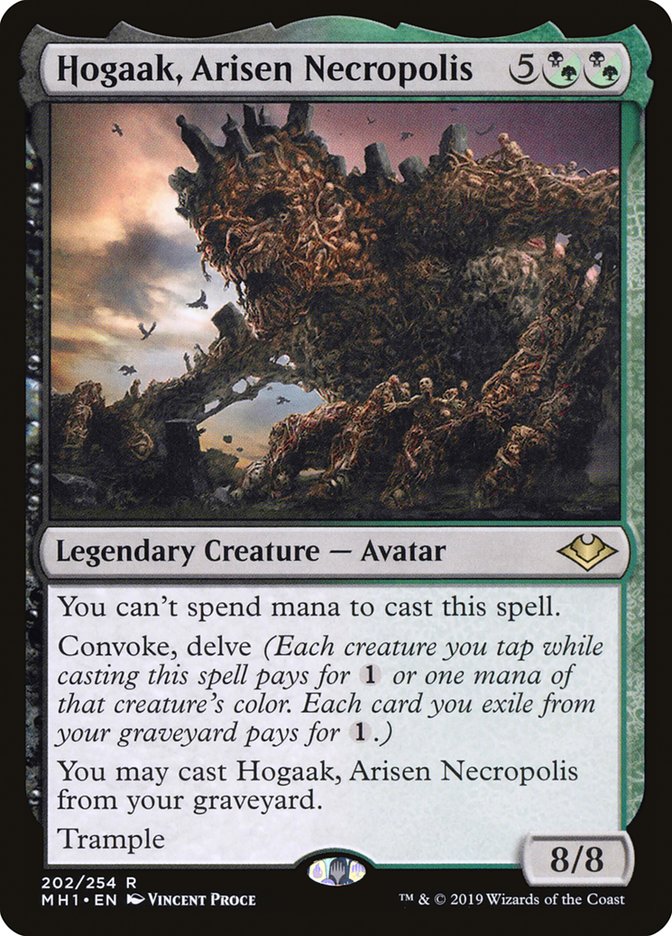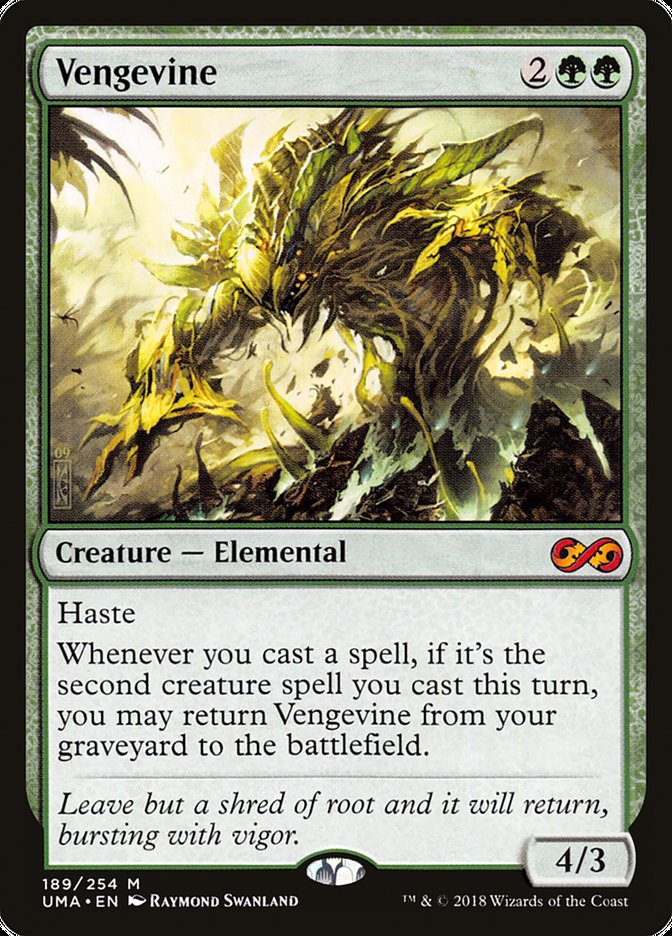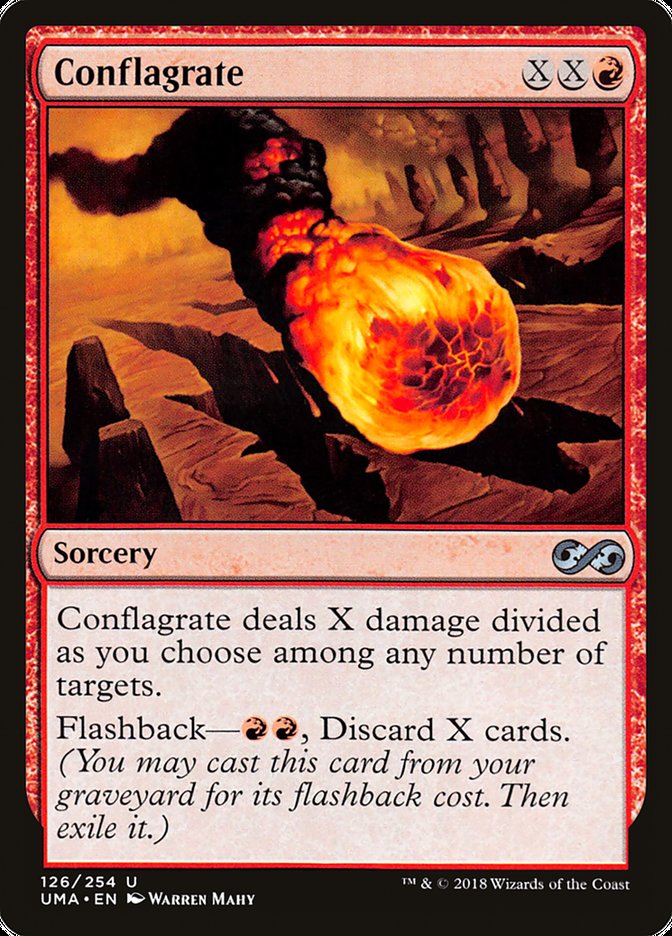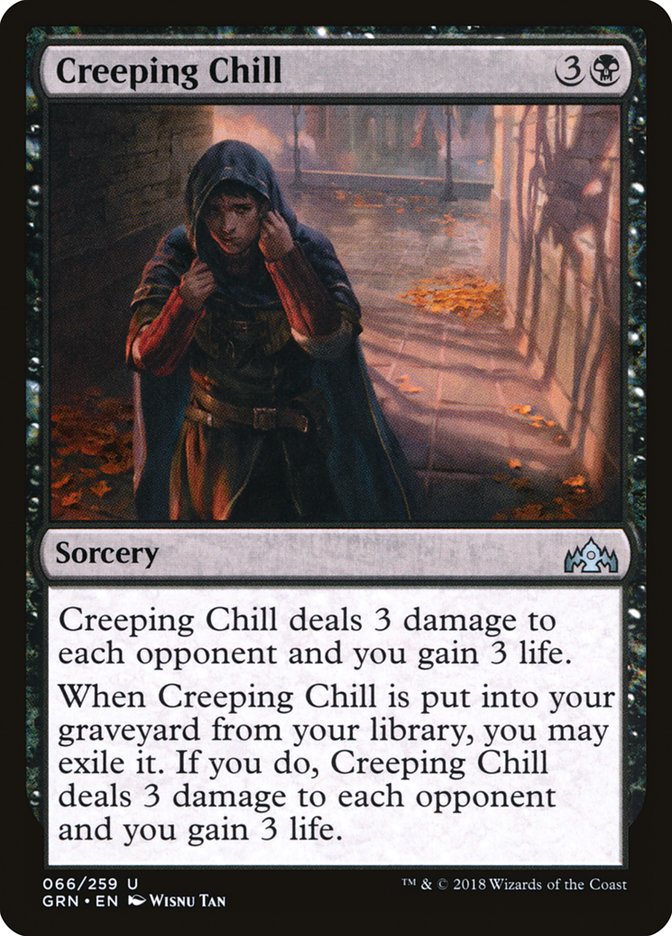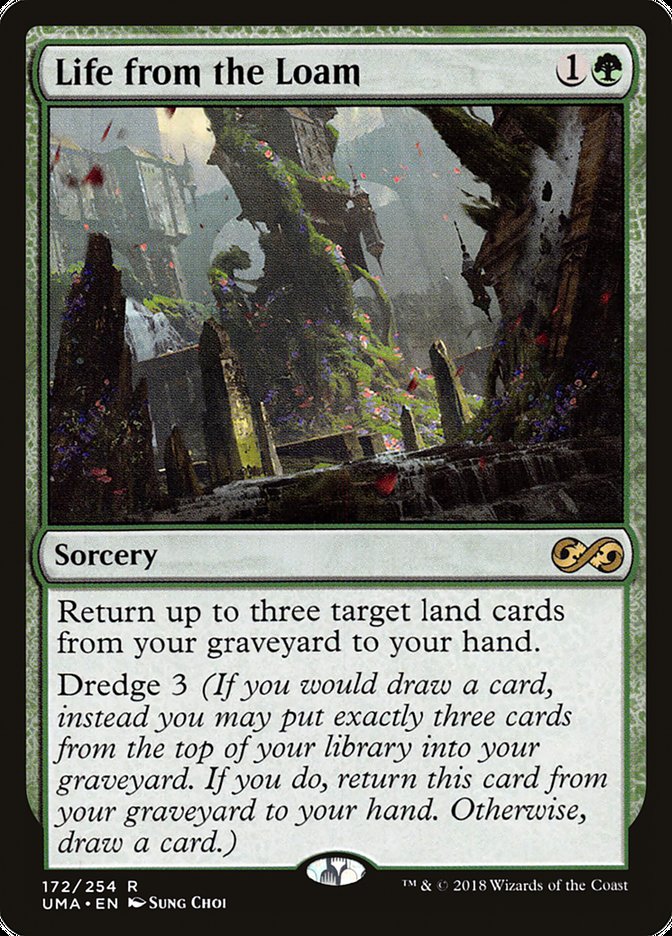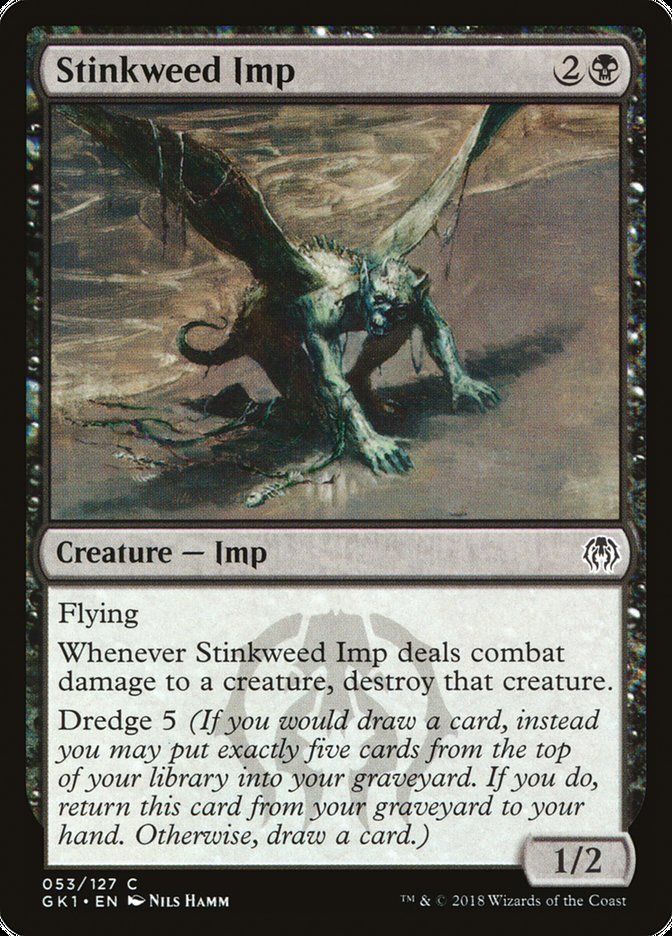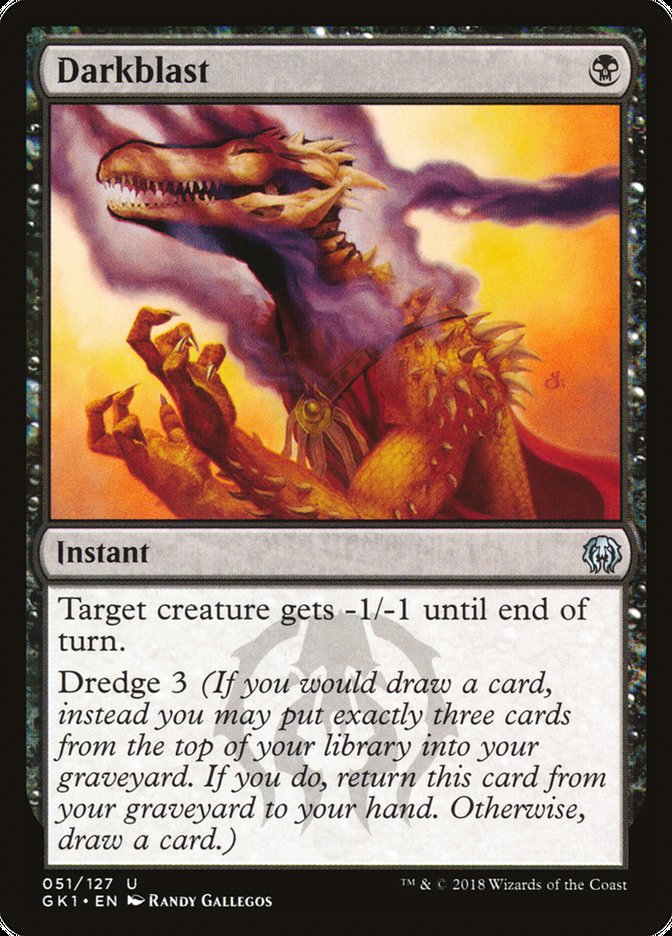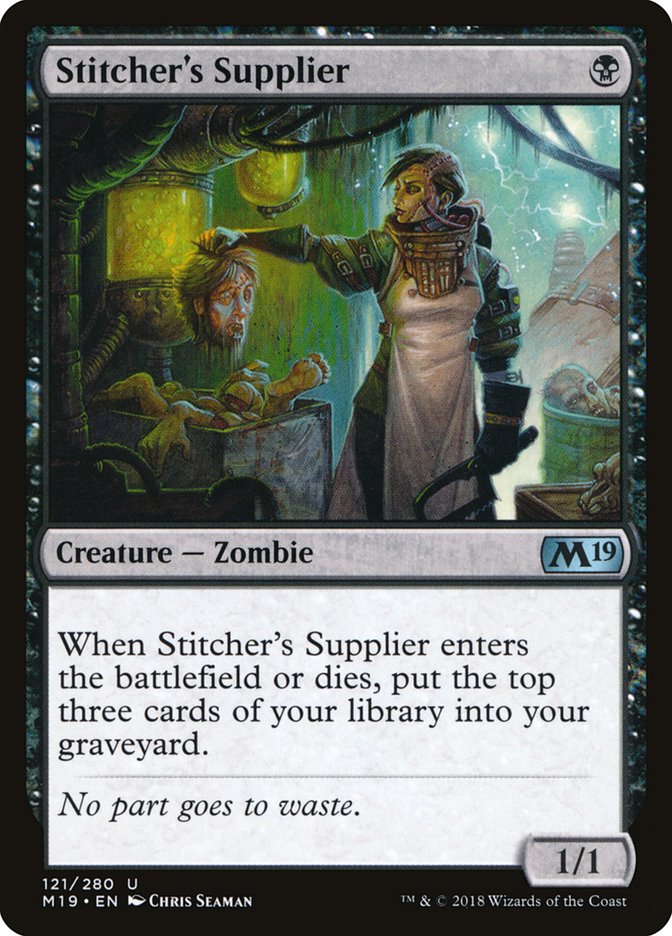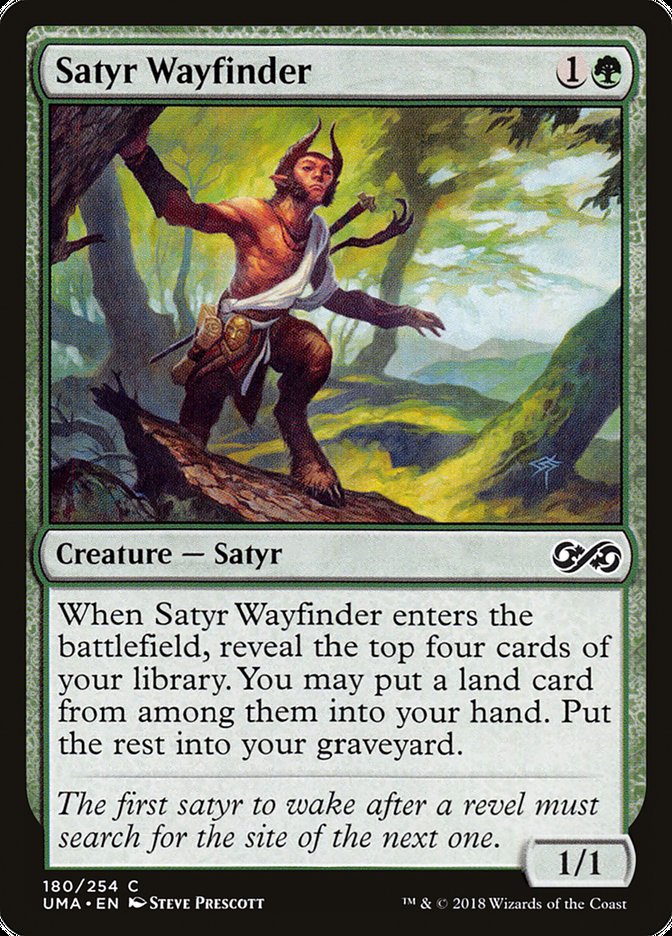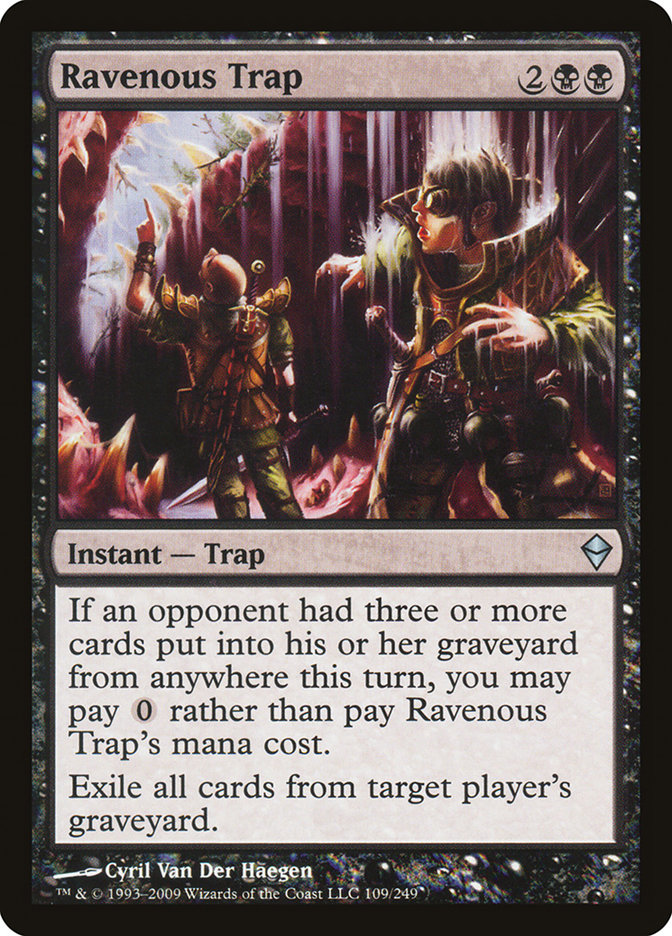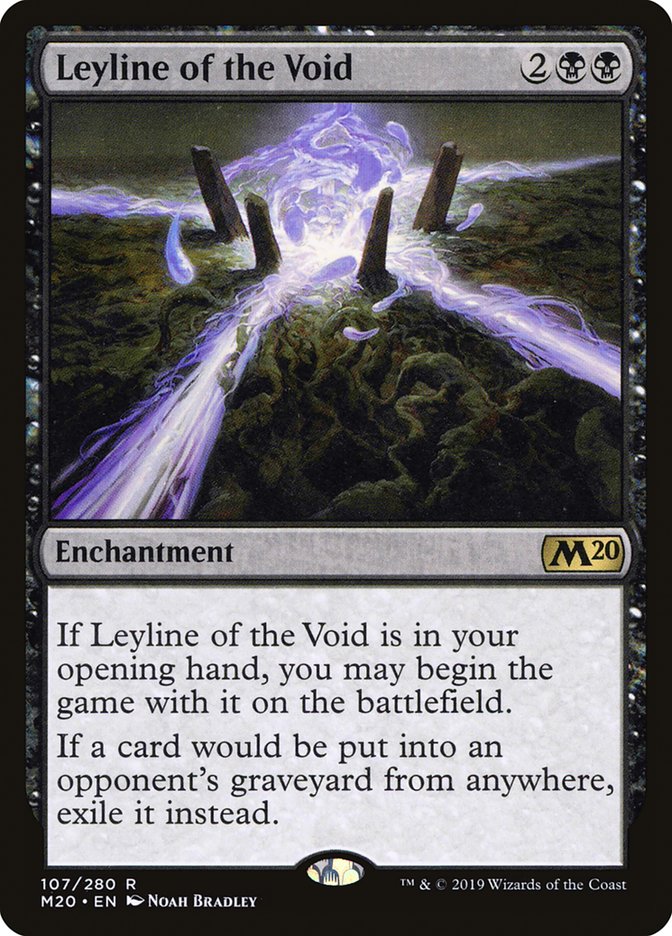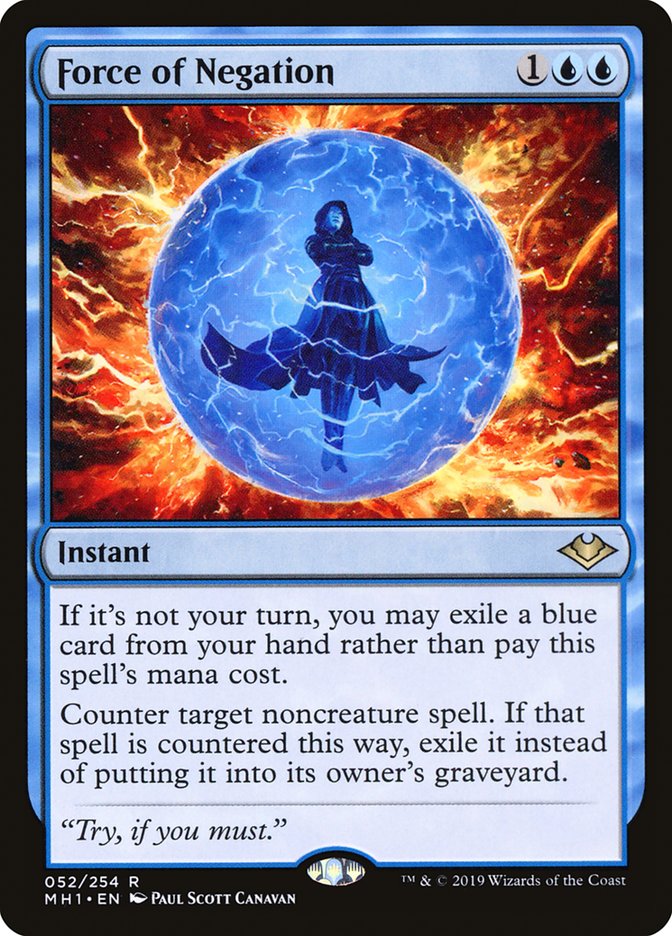It appears that Hogaak, Arisen Necropolis has pulled a Mark Twain, laughing off the rumors of its demise as a horrible exaggeration. Even without Bridge from Below and Altar of Dementia fueling nonsense, the deck made quite the impression in last weekend’s Modern Challenge on MTGO, taking five spots in the Top 32, headlined by kanister’s incredible 12-0 run through the tournament with the following list:
Creatures (33)
- 3 Carrion Feeder
- 3 Golgari Thug
- 4 Bloodghast
- 4 Vengevine
- 4 Gravecrawler
- 4 Satyr Wayfinder
- 3 Insolent Neonate
- 4 Stitcher's Supplier
- 4 Hogaak, Arisen Necropolis
Lands (18)
Spells (9)

The deck is certainly powered down without Bridge from Below, in particular against Ensnaring Bridge decks since it now lacks a way to win outside of combat, but it looks to be rivaling Dredge for “Best Graveyard Deck in Modern” status. One of the deckbuilding mistakes I work hard to avoid is playing a deck that is a worse version of something else, so I think it’s important to compare and contrast these two decks to see which one graveyard aficionados should be playing going forward.
When it comes to linear decks, there are three primary metrics I like to consider: speed, consistency, and resilience to hate. When you’re not doing much in the way of interacting, improving your deck becomes a matter of tuning the machine so it’s operating as efficiently as possible, and then having proper countermeasures for how your opponents are preparing for you. These three metrics best encapsulate that goal. Let’s take them one by one.
Speed
First, let’s consider an average sequence from Dredge. Your first two turns are spent casting enablers and filling the graveyard. Ideally you have a sizable battlefield by Turn 3, but sometimes it takes until Turn 4. However, once that battlefield is built, it’s usually backed up by a Life from the Loam-powered Conflagrate and a couple of copies of Creeping Chill, so closing the door happens rather quickly. As a result, Dredge generally kills around Turn 4 or 5 when offered no relevant resistance.
In Hogaak, the namesake card and Vengevine do the bulk of the damage, so we have to consider how quickly those cards enter the battlefield. The earliest for each is Turn 2, at which point the Hogaak will likely kill the opponent on Turn 4, as would a pair of Vengevines, both supported by a mishmash of 1/1s and 2/1s. Hands that don’t involve these cards will be significantly slower, but with all the self-mill you’re going to find them consistently, so I’d gauge Hogaak to be similar to Dredge here, killing around Turn 4 or 5 when unabated.
Next I want to look at what these decks do at their best. A strong Dredge draw (such as Faithless Looting into Cathartic Reunion) can easily put ten or more power on the battlefield on Turn 2, which will lead to a kill on Turn 3 when backed up by Creeping Chills and Conflagrate. A dream draw can even kill on Turn 2 if you trigger Creeping Chill four times to give Bloodghasts haste, but the odds of such a draw are too small to be relevant.
Fortunately for Dredge fans, Hogaak isn’t even threatening to kill on Turn 3 very often, since it’s impossible to recur Vengevine or cast Hogaak before Turn 2. Even a draw as strong as Sticher’s Supplier into Satyr Wayfinder plus Hogaak would have to also include two copies of Vengevine in order to have lethal damage by Turn 3.
Last, for this metric I want to consider how each deck fares against basic forms of interaction (removal, blockers, counterspells, etc.) that you will see in most pre-sideboard games, and gauge how easy it is to slow the decks down. Both decks rely on combat damage, but Dredge has a robust direct damage element with Conflagrate and Creeping Chill, the former of which can also clear the opposing battlefield to make the red zone safe for Narcomoebas, Bloodghasts, and Prized Amalgams.
Both decks feature Hogaak, Arisen Necropolis in some numbers, a card that will trample over blockers and end games quickly, but the Hogaak deck finds it more consistently, and can also go over the top by making a large Carrion Feeder, so each archetype has an advantage here. Weighing them against each other I’d give the edge to Dredge, since the burn element is another angle of attack entirely, and winning outside of combat makes cards like Ensnaring Bridge, Ghostly Prison, and even Cryptic Command much less effective.
Winner: Dredge. Overall, the speed metric clearly favors Dredge, though the advantage is small.
Consistency
Both decks here are looking to fill their graveyards in the early turns and use it to generate a battlefield of undercosted and/or recursive creatures, and each deck largely consists of enablers that put cards in the graveyard and payoffs for filling the graveyard.
However, Dredge’s construction in this regard is complicated by the fact that it also needs dredgers in order to make the engine run. A good Dredge hand is going to have one or two of those enablers, two lands, and at least one dredger in order to function properly. Hogaak just needs the lands and enablers to get things started.
Each deck contains about twelve enablers (Faithless Looting, Cathartic Reunion, and Shriekhorn against Faithless Looting, Stitcher’s Supplier, and Satyr Wayfinder) and about sixteen to eighteen payoff cards, but Hogaak gets more space to play with since it doesn’t need to play twelve dredgers on top of that. That allows them to play some maindeck copies of Lightning Axe and Insolent Neonate as additional, though much less powerful, graveyard enablers, as well as Carrion Feeder, which synergizes so well with the recursive creatures in the deck. That means Hogaak should have a lower fail rate from the opening hand.
However, once the engine is online, Dredge has the lower fail rate, since it can more consistently churn through its library with its dredgers. Hogaak typically has a few dredgers in order to mimic this but they will never do it as consistently or powerfully as a deck built around the mechanic. With both decks you run the risk of milling over ten or more cards and not hitting much of anything, but at that point Hogaak is playing off the top of its library, while Dredge can generally continue dredging to find its payoffs. Neither situation is ideal, but you certainly stand a better shot of recovering from the early stumble by seeing three to five new cards per turn rather than one.
Rounding out this metric is a look at each archetype’s manabase, since that’s a key element to the consistency of any deck. Dredge is generally casting only red spells in the early-game, yet wants green mana for Life from the Loam and potentially black for Stinkweed Imp and Darkblast, though that’s a much lower priority.
Hogaak has its early spells split between red and black, touching green for Satyr Wayfinder and to potentially hardcast Vengevine. That early split of colors is the biggest variable here in my eyes, and gives a decisive, though again small, edge to Dredge. There’s also the advantage of playing Life from the Loam to ensure you keep making land drops past Turn 2 or 3, a powerful element to have in a deck that plays fewer than twenty lands but still wants to flashback Faithless Looting and recur Bloodghast.
Once again, we find ourselves with points in each deck’s favor, but ultimately I’m giving the edge to Hogaak here, since I think the most important variable is consistently finding opening hands that set up the graveyard engine – especially in sideboarded games when each deck has to cut away from its engine to make room for other cards.
Winner: Hogaak. If Stitcher’s Supplier and Satyr Wayfinder weren’t powerful enough to set up the payoffs, then Hogaak wouldn’t be a good deck in the first place, so I’m less concerned with the fail rate of those cards whiffing. The edge for Dredge on mana is the smallest of the three variables, since each deck enlists the power of fetchlands and shocklands to ensure they have the colors they need, a proven commodity in every format where they are legal.
Resilience
The advantages in the first two metrics are rather small, leaving this race in a dead heat as we enter the final contest: resilience. Graveyard hate has been at record highs in 2019 in Modern, with Izzet Phoenix, Dredge, and Hogaak driving players to maindeck Surgical Extraction and load up their sideboards with Ravenous Traps, Rest in Peaces, and Leyline of the Voids, so winning in the face of these cards is crucial.
Both decks have some combination of various Disenchant effects and creature-removal spells to answer the permanent-based hate, so there’s no clear advantage either way on that end, but nevertheless I find Hogaak to be significantly more resilient to these hate cards than Dredge, and it has to do with how each deck sets up their engine.
During its setup turns, Dredge is playing to its graveyard, using its enablers to stock the zone with dredgers and payoffs to recur. When the graveyard is removed, all of the setup work is lost. Hogaak, on the other hand, plays to the battlefield more with all of its cheap creatures. If its graveyard is removed early, there’s still a battlefield of creatures to put to use. This means when the Hogaak deck is forced to dig for an answer to Leyline of the Void or Rest in Peace, it can take meaningful game actions in the meantime, while Dredge generally can’t. Both decks are using their red enablers to dig for an answer here, but Hogaak can hold back its Stitcher’s Suppliers and Satyr Wayfinders to quickly turn the game around once the hate is answered.
And in the case you don’t have an answer to Rest in Peace or Leyline of the Void, Hogaak is much better-suited to stealing the game with a pile of cheap creatures than Dredge is, which makes it harder for the opponent to mulligan aggressively for their hate in the first place.
There’s also the nature of the payoffs themselves. All of Dredge’s payoffs are vulnerable to one-shot effects like Ravenous Trap and Surgical Extraction, while Hogaak often sneaks through them, since you retain priority after casting Faithless Looting or triggering Stitcher’s Supplier. If the Hogaak is in your hand or gets put in the graveyard and immediately cast, the opponent doesn’t have a window to utilize their hate effectively. The only option to stop or delay Hogaak is to use your one-shot effects very aggressively, which often means getting very little value from them – a big win for the Hogaak player.
Against common sideboard cards that aren’t graveyard hate, Hogaak still comes out on top. Anger of the Gods comes to mind first here, and Carrion Feeder and Hogaak offer the potential of creating a battlefield that sloughs off the sweeper that can so often cripple Dredge. With Dredge relying on noncreature enablers, Force of Negation will be a potent card in the matchup, while too often a brick against Hogaak to even bring in against Faithless Looting.
The primary edge that Dredge has in terms of resilience, as I mentioned earlier, is the ability to win outside of combat via direct damage, so cards like Ensnaring Bridge aren’t as problematic. But that’s not nearly enough to counteract how much tougher a time Dredge has with the standard fare graveyard hate of Modern.
Winner: Hogaak. Its significant advantage in the resilience category puts Hogaak clearly above Dredge in my graveyard deck hierarchy. Its engine isn’t as robust as Dredge’s is, but despite that it’s not that much slower. In return, you get an engine with significantly fewer moving parts and thus less prone to error and easier to maneuver against opposing disruption.
New Sheriff in Town
As a longtime lover of Modern Dredge, it’s sad to see the deck be surpassed by something new, but Hogaak, Arisen Necropolis is not a reasonable Magic card and we all have to make peace with that. Maybe it gets the axe one day if graveyard decks continue to warp the metagame to the point where Surgical Extraction sees maindeck play, but for now I’d put my Narcomoebas on the shelf.


